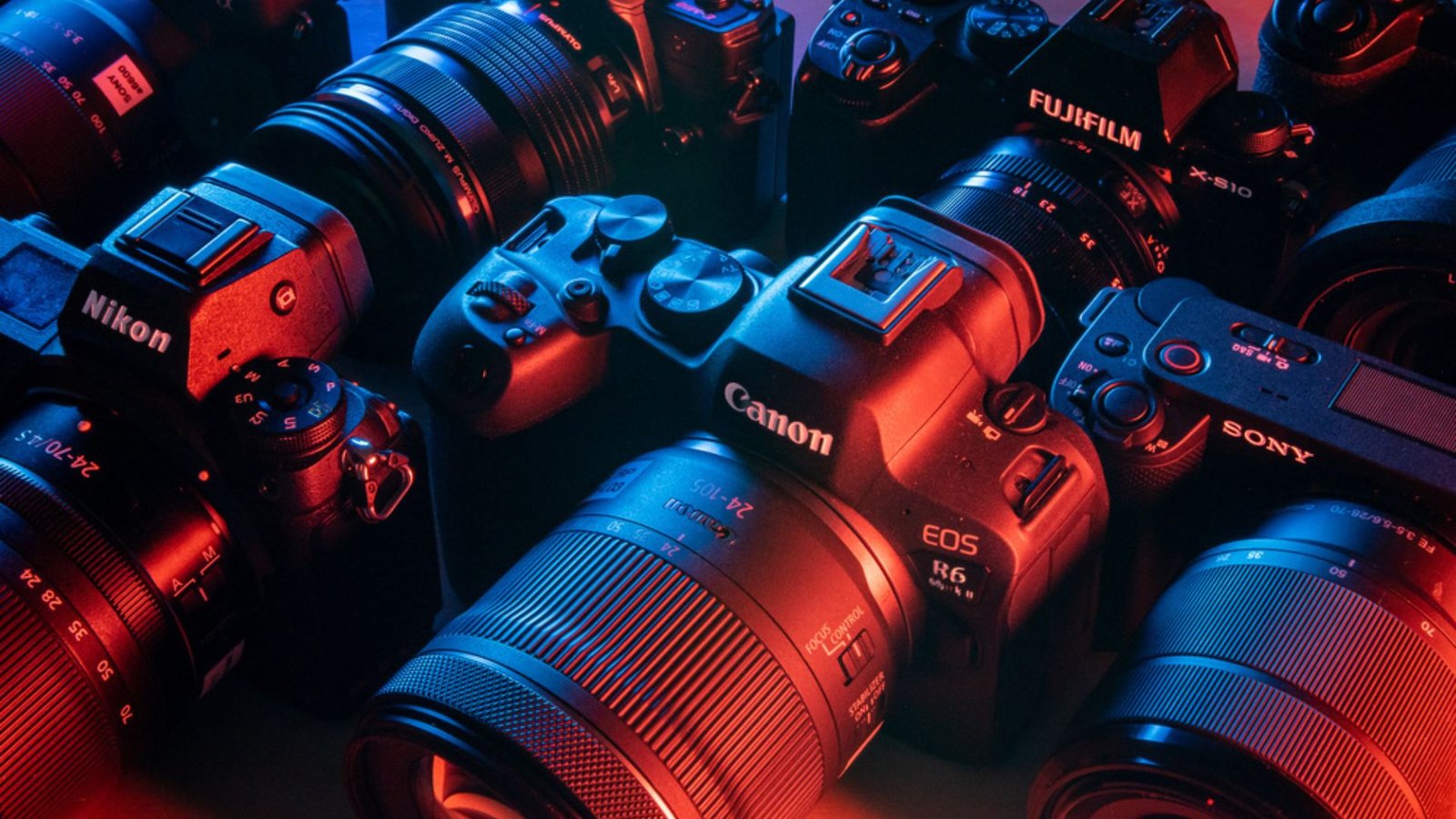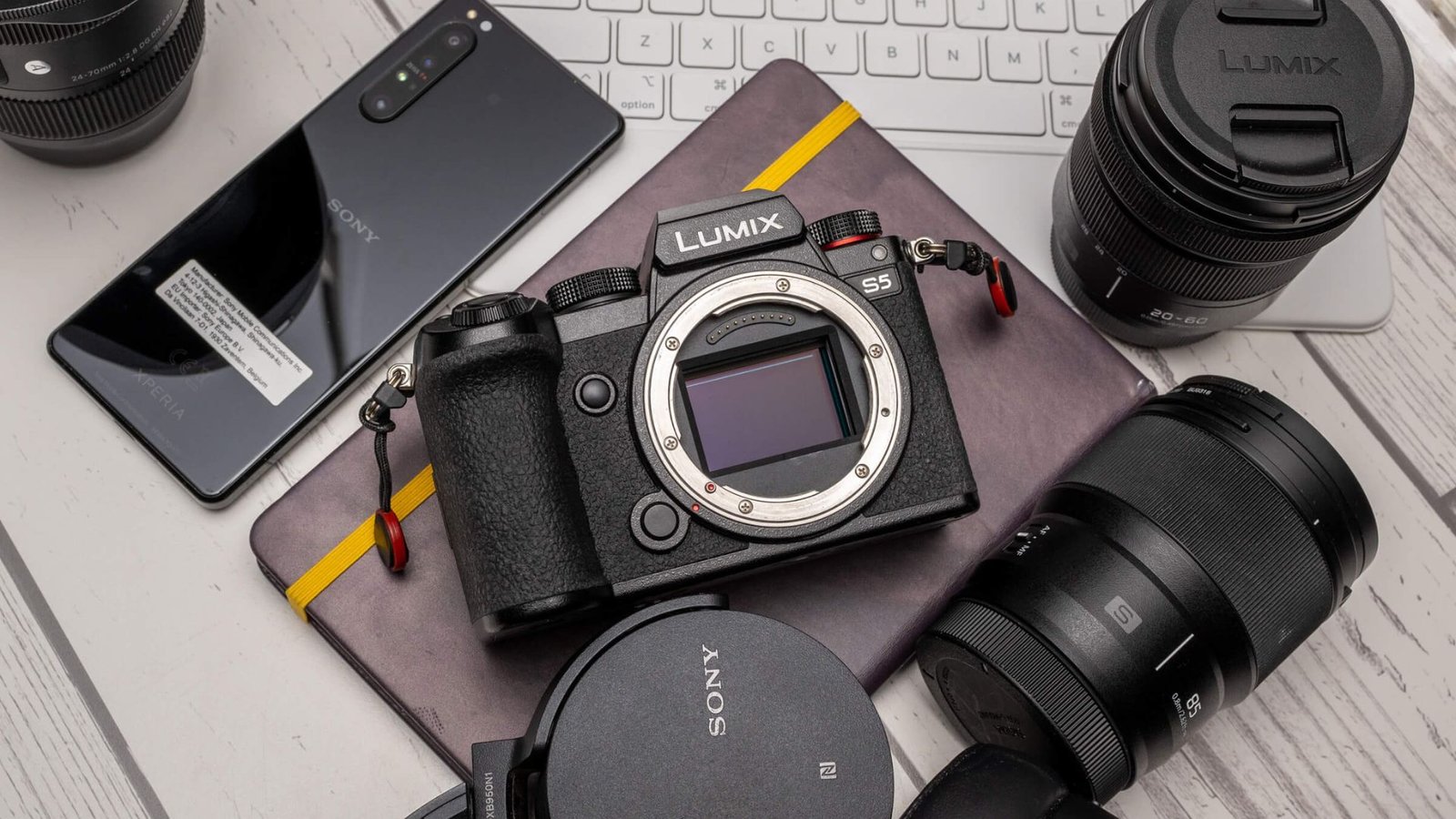Photographing in low-light conditions can be challenging, but with the right digital camera, you can achieve clear, high-quality images even when lighting is less than ideal. Whether you’re shooting in dimly lit rooms, at dusk, or in nighttime settings, having a camera designed to perform well in low light is crucial. This guide will help you find the best digital cameras for low-light conditions, focusing on features that enhance performance and image quality in challenging lighting.

Why Low-Light Performance is Important
When photographing in low-light environments, your camera’s ability to handle limited light sources effectively becomes essential. Cameras that excel in low-light conditions can produce clearer, sharper images with less noise, enabling you to capture the mood and details of a scene without relying heavily on artificial lighting or flash.
Key Features to Look for in Low-Light Cameras
Sensor Size and Type
Firstly, the size and type of the sensor play a significant role in low-light performance. Larger sensors, such as full-frame or APS-C sensors, generally capture more light and reduce noise. Additionally, sensors with backlighting or those specifically designed for low-light conditions often provide better results.
Aperture and Lens Quality
In addition, a wide aperture (low f-number) allows more light to enter the camera, which is crucial for low-light photography. Look for cameras with lenses that have large apertures, such as f/1.8 or f/2.8, to improve performance in dim settings. A high-quality lens also helps in achieving sharper images with less distortion.
ISO Range and Performance
Moreover, ISO range and performance are vital for low-light conditions. A higher ISO setting allows the camera to capture more light, but it can also introduce noise. Therefore, choose a camera with a wide ISO range and good noise reduction capabilities to maintain image quality even at higher ISO levels.
Image Stabilization
Consider image stabilization features, such as optical or in-body stabilization. This technology helps reduce the effects of camera shake, which is particularly useful in low-light situations where slower shutter speeds are often necessary. Stabilization improves the clarity of your shots and reduces blur caused by hand movements.
Autofocus System
Finally, an advanced autofocus system is beneficial for low-light photography. Cameras with fast and accurate autofocus, especially those that perform well in low light, allow you to capture sharp images quickly and easily. Look for cameras with phase-detection or hybrid autofocus systems for better performance in challenging lighting conditions.
Top Digital Cameras for Low-Light Conditions
1. Sony Alpha a7S III
Firstly, the Sony Alpha a7S III is renowned for its exceptional low-light performance. This full-frame mirrorless camera features a 12.1-megapixel sensor optimized for low-light conditions and an impressive ISO range. Its advanced image stabilization and high-speed autofocus make it an excellent choice for capturing clear, detailed images in the dark.
2. Nikon Z6 II
Similarly, the Nikon Z6 II offers outstanding low-light capabilities with its full-frame sensor and wide ISO range. Its in-body image stabilization and high-quality lens options ensure sharp, noise-free images even in challenging lighting. The camera’s fast autofocus system also enhances performance in dim environments.
3. Canon EOS R6
In addition, the Canon EOS R6 is another top choice for low-light photography. Featuring a 20.1-megapixel full-frame sensor and advanced noise reduction, it delivers clear images in low-light settings. The camera’s impressive ISO performance and in-body image stabilization further enhance its ability to handle dimly lit conditions.
4. Panasonic Lumix GH5S
Moreover, the Panasonic Lumix GH5S is designed specifically for low-light and video performance. Its Micro Four Thirds sensor and high ISO capabilities make it well-suited for dark environments. The camera also features advanced video recording options and dual native ISO for exceptional performance in low light.
5. Fujifilm X-T4
Finally, the Fujifilm X-T4 combines a 26.1-megapixel APS-C sensor with excellent low-light performance. Its in-body image stabilization and wide ISO range help produce sharp, clear images even in dim conditions. The camera’s hybrid autofocus system also enhances its ability to focus quickly in low light.
Conclusion
In conclusion, selecting a digital camera that excels in low-light conditions can significantly improve your ability to capture stunning images in dim environments. The Sony Alpha a7S III, Nikon Z6 II, Canon EOS R6, Panasonic Lumix GH5S, and Fujifilm X-T4 are all excellent choices, offering features like large sensors, wide apertures, and advanced stabilization to enhance performance in low light. By focusing on these key features, you can find a camera that meets your needs and helps you achieve beautiful, detailed photos even in challenging lighting situations.










